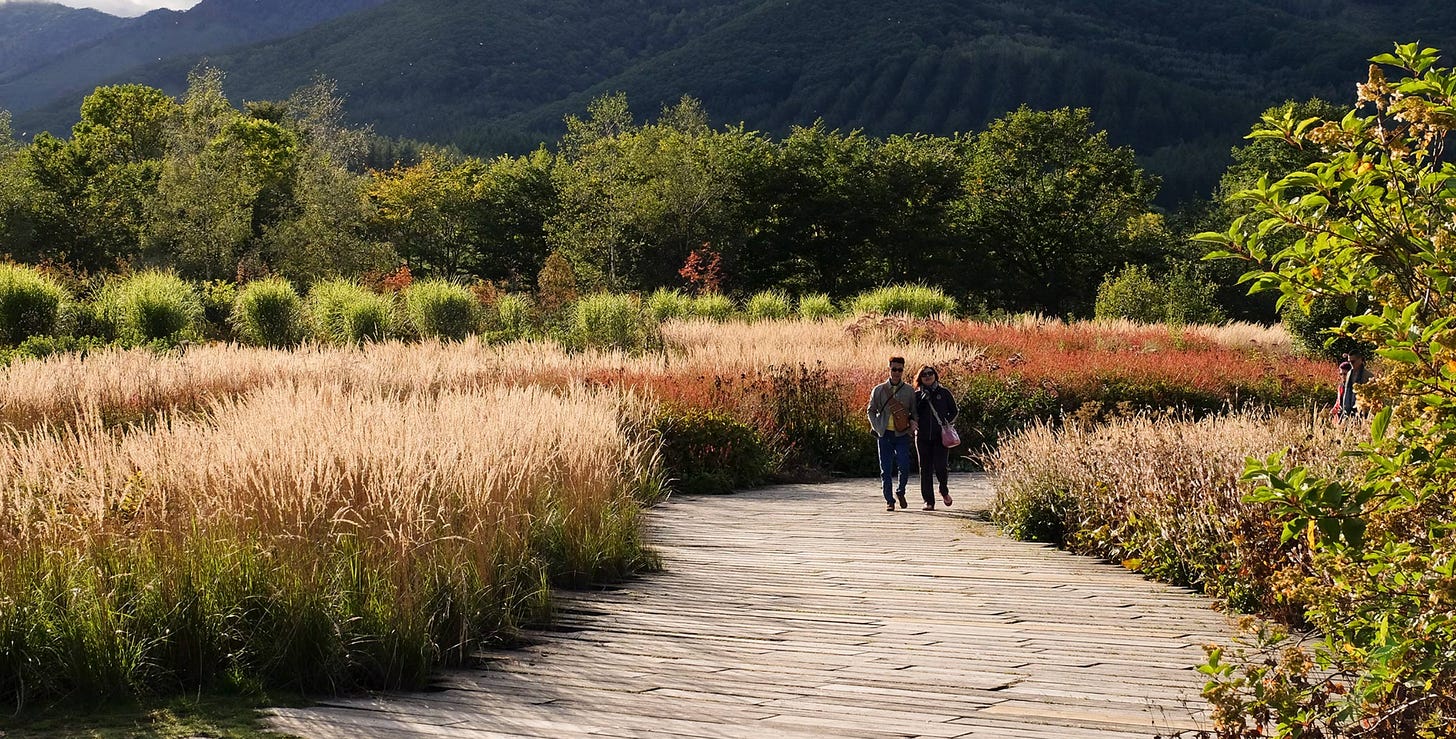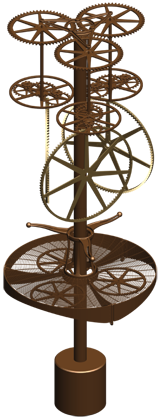Colin here. The FT had an incredible piece this past weekend focusing on the work of landscape designer Dan Pearson. The entire article is a must-read, and casts Pearson as a multi-sensory artist of sorts, not only playing with land and space, but also orchestrating what types of plants are coming into bloom, and when.
There’s a time in late June when his property in Somerset comes into full bloom. Pearson recounts to the FT, “There’s this wonderful Japanese word shun, which is when something is full of its life force,” says Pearson. “In that peak, when the meadows are flourishing, everything is reaching for the solstice, and you can feel the energy pouring from it. It’s quite overwhelming – you’re aware of this special time slipping through your fingers and you can’t take it all in because it’s so alive.”
As part of the piece, I was interested in his work with a cancer charity called Maggies in the UK, where gardens are an important part of cancer care. He completed two gardens for two of their programs, where patients can take solace and therapy among the beautifully sculpted gardens. The piece recounts the insight that when you are given a terminal diagnosis, these small sensory pleasures become even more important.
Why is this interesting?
There was a passing mention of another project in the article: the Tokachi Millennium Forest in Hokkaido, Japan. The project has a grandiose, thousand-year vision. The founder, Japanese businessman Mitsushige Hayashi, commissioned Pearson to create gardens that could be enjoyed by visitors one thousand years from now. First, this is a truly incredible brief for an artist of any kind. Second, it is hugely interesting to think that there are enlightened philanthropists that exist who are working towards these types of visions and time frames. We live in a time where people have their attention divided, where companies bounce between quarterly earnings, so I found it particularly poignant that this type of thing existed, and better yet, manifested in beautiful nature.
According to the project site:
Hayashi’s vision for the park is intended to halt the loss of natural habitat on Hokkaido, and to cultivate a deeper appreciation of nature by offering Japan’s mainly urban population the chance to engage with the landscape, forest, gardens and farms. We were asked to develop a masterplan alongside local landscape designer, Fumiaki Takano, to meet Hayashi’s vision and then design a number of gardens to serve as visitor attractions and destinations within the forest.
It’s deeply refreshing to see an artistic project with such a long view. And it is interesting to see how Pearson transcends the act of gardening into something more thoughtful, therapeutic, and beneficial for future society. Enlightening indeed. (CJN)
Clock of the Day:
Speaking of long-term projects, the 10,000-year clock from Danny Hillis and the Long Now Foundation. As the website explains, it’s “a Clock that ticks once a year, where the century hand advances once every 100 years, and the cuckoo comes out on the millennium.”
Quick Links:
Another long-term project: 99% Invisible on designing waste sites that will keep people away for 10,000 years. (NRB)
Efficiency is the enemy (NRB)
Thanks for reading,
Noah (NRB) & Colin (CJN)
—
Why is this interesting? is a daily email from Noah Brier & Colin Nagy (and friends!) about interesting things. If you’ve enjoyed this edition, please consider forwarding it to a friend. If you’re reading it for the first time, consider subscribing (it’s free!).




